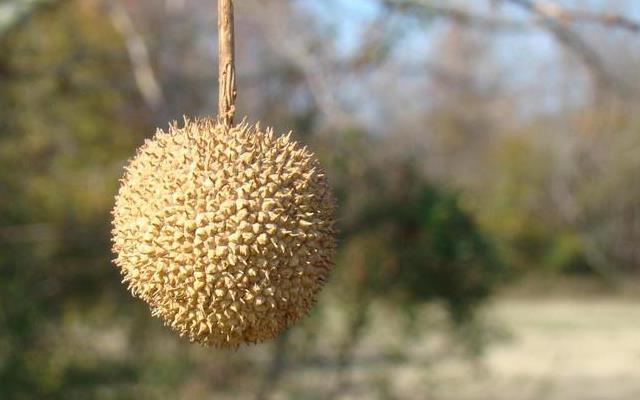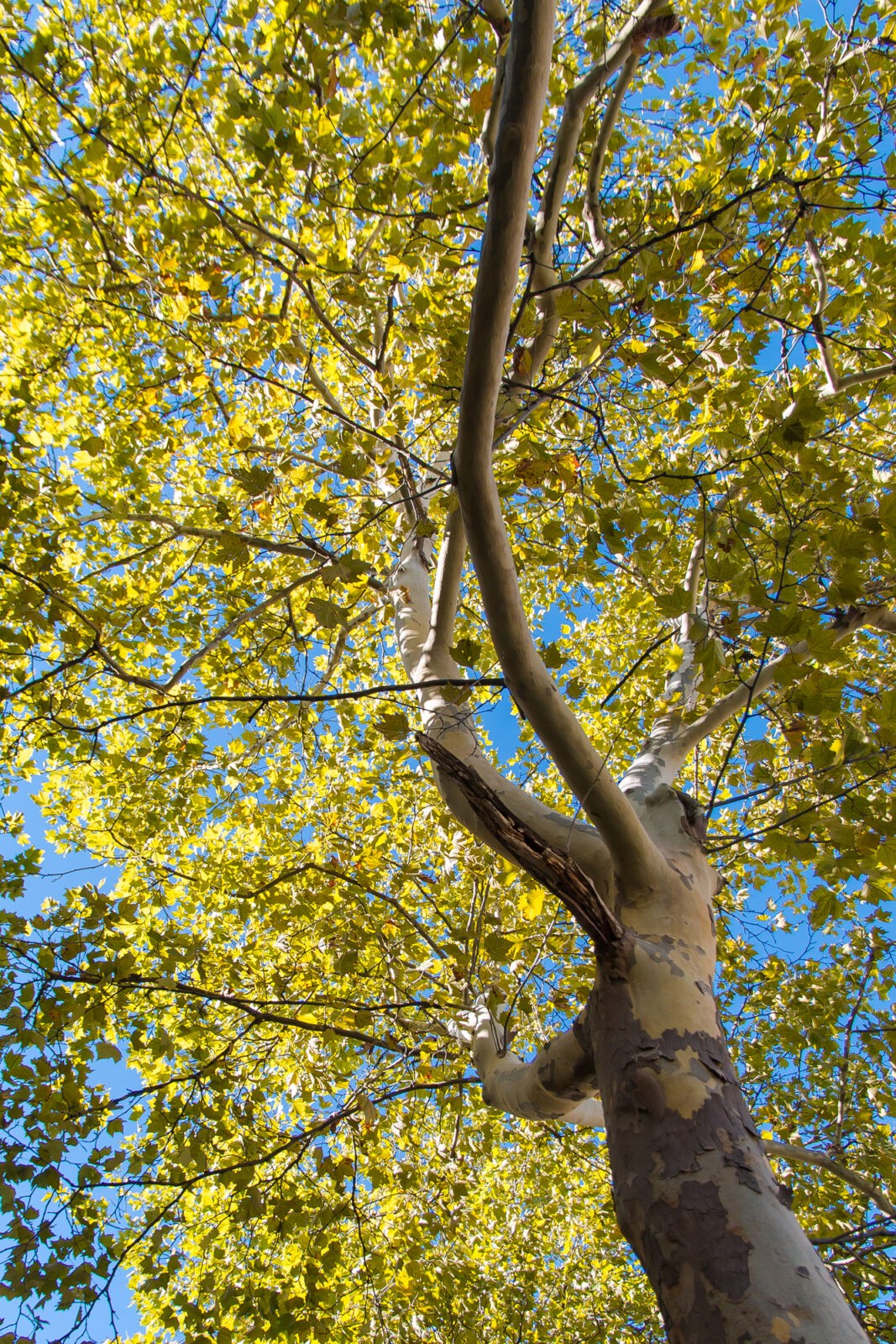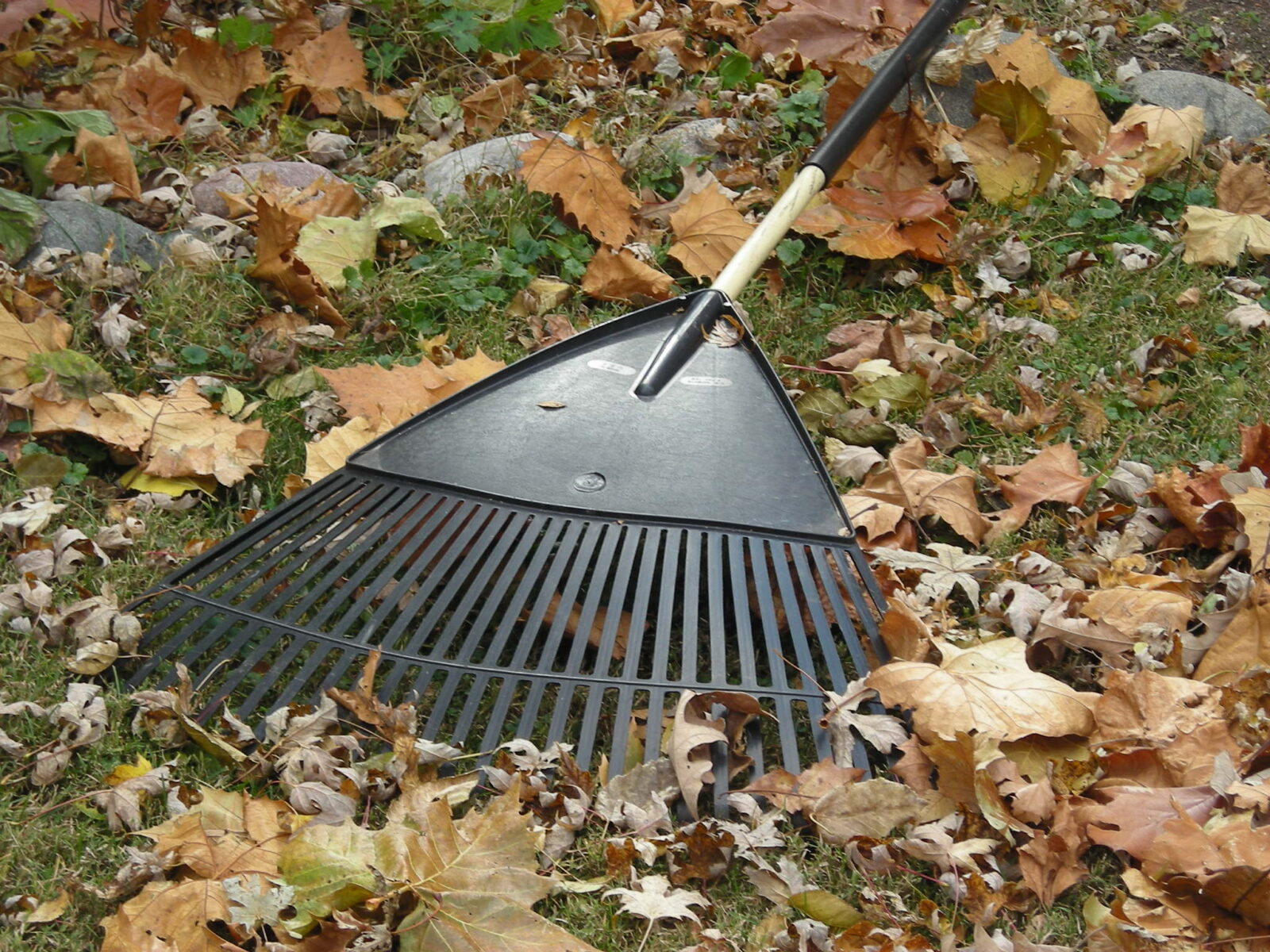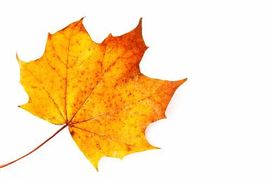The first conversation I ever had with my neighbor was about trees. Two specific trees, in fact – giant American Sycamore trees in my front yard, one on each side of the walk leading up to the front door.
I had just bought the house, compounding the mistake of an increasingly disastrous marriage with a mortgage and an address in a city I had no desire to live in.
“They’re dying, you know,†he told me. “Probably already dead. You should just have them removed.â€
It was mid-March, and they were still weeks and maybe even a couple months away from regaining their canopy, so it was hard to tell if what he reported was true.
“Besides,†he said, “they’re trash trees. All they do is drop these gigantic leaves all over the place in the fall, and these weird little brushy things in the spring, and then it’s just branches all over the place the rest of the time. They get in everyone’s yards and this place is a complete mess.â€

Being polite and trying to gain neighborly friends, I didn’t point out that he was arguing in the alternative – if they were dead, then the leaves and such shouldn’t be a problem, right? Besides, what I don’t think I told him that day was that the trees were the one thing I truly enjoyed about the house. I was ready to settle into my strange marriage in a strange town, but at least I had these two big, beautiful trees in the front yard.
Sometimes I sent myself a mental postcard to be reminded of the platonic ideal of the life I had hoped to form, and the front of that postcard was a charming little house with two big, shady trees in the front yard.
At least, they looked big and shady in the pictures on the realtor’s website.
When summer came around, however, something was off. Neither tree grew a particularly full canopy, and the tree closest to my neighbor looked ghastly, like some sort of skeletal hand reaching toward the sky with occasional patches of green flesh hanging off it, the tips of the fingers spindly, gray and bare. I pondered this tree a lot from the front window of my bedroom, which at the time was officially known as “the guest room.†That was what we called it in front of my parents and other company, but it had been my room since moving in.
Over time, it became clear that things were not as they should be. Both trees took on a patchy look year after year, and both were in the obvious throes of some unknown struggle.
My neighbor did his best to work on me about the trees, but in my stubborn defensiveness, I insisted that they were probably just having issues and could get better at any moment. The fallacy of this was apparent to everyone who cast an eye on my front yard, but I couldn’t yet admit that my perfect picture of two strong, shady, established trees in my front yard was already likely beyond hope. Other growing problems demanded my attention anyway, and so I feigned optimism.
My neighbor was right about one thing, though – these trees shed more leaves, bark, brushy things and branches than any other trees in all of Creation.
Even my parents started dropping less-than-subtle hints, as I relayed to them my neighbor’s latest attempts at inveighing against my hardline stance on the trees.
“Hey, I agree with him,†came the response from my dad. “They just drop crap all over the place. These things are the messiest trees I’ve ever seen, but they aren’t even getting all their leaves in. You’re fighting a losing battle.â€
I expected my mom to be more sympathetic, but maybe she had spent too much time cleaning up after messes I had made. A messy, dying tree wasn’t worth it.
In the year leading up to my divorce, the sicker of the two trees and the one closest to my neighbor finally relented, failing even to produce the one branch with four leaves it had the year prior. It stayed there in the yard like a decaying corpse, dropping brittle branches with even the slightest whiff of a breeze. Concerned for what would happen to the integrity of my roof if larger branches started breaking off, I realized that it was time to acknowledge the reality I had been pretending against.
Soon after I filed for divorce, I hired a local tree company to remove the dead sycamore. My parents lent me money for both operations, sweetly stifling any knowing smiles or other signs that my professions to pay them the money back had little, if any, merit. At the time, I was already working a night job of pizza delivery to keep my household alive, so the addition of child support on top of an unreasonable subprime mortgage on an underwater house was enough to nearly break me financially. I came home on the appointed day and in the three minutes between arriving from my day job and throwing on my pizza delivery uniform for my night job, I marveled at the vast empty space where the tree had been and what a difference it had made in the appearance of the yard.
Even with the tree gone, a battle still lay ahead in the ensuing years. The dead tree was gone and the stump was ground down, but the resulting mulch left a scar on the front yard that made it nearly impossible to keep grass growing. I tried seed the first year. I alternated to sod the next. The third year, I used a shovel to slice off a good area around where the tree had been, scraped the area clean and then put down a solid layer of topsoil before planting more sod. Grass at least finally got a foothold there, and even though it still isn’t completely covered yet, that massive scar has gotten a bit smaller every year.
The oddest part, however, is what has taken place on the other side of the main walk.

The other sycamore did recover, gaining strength and a full canopy as the other tree slowly withered and died. My neighbor continued with his attempts to convince me it was still susceptible to disease and would likely die out again and I should just go ahead and remove it and maybe he’d be willing to pay for it and to let him know and maybe there were other trees in my yard that – hint, hint – should be removed and that maple probably won’t survive much longer after it broke in half and it’s a shame about that peach tree but all it ever did was drop leaves and attract squirrels anyway, etc.
Those talks got a little more scarce over time, and I think he finally wrote me off as a lost cause. The final word I gave him was that the next owner of the house would be free to do whatever she or he wished, but as long as I was there, so too would be all of my trees.
Recently, as my family worked in the yard with me to get the house ready for sale, the subject of the remaining platanus occidentalis came up in relation to the amount of leaves being removed from all areas of the yard.
“This is ridiculous,†my mom groaned, hauling another wheelbarrow-full of dead leaves back to the compost heap behind my shed. “These leaves are EVERYWHERE. I’ll tell you what – I’ll never forgive you if you have another house with trees like these.â€
Watching her there with my fiancée, raking leaves out of the front beds into piles and complaining about my tree, maybe I got little defensive. After all, I felt I was the one person who still loved that remaining American sycamore, a native tree so susceptible to disease that landscapers now use a heartier cousin instead, and it was my job to make others love it, too.

Later, having to haul a solid ten more wheelbarrows of those leaves myself, I got a better understanding of the continuing consequences on my loving and helpful family of the mess of the tree I insisted upon keeping, and I had to grudgingly admit that maybe I owed them a little more gratitude and a little less stubborn insistence that what I want at any given moment is the right thing.
Still, I love that tree. In the eleven years since we met, we’ve both grown a bit thicker around the trunk, and we’ve both managed to hang on to our canopy. My mental postcard of happiness matches the image with one big sycamore in the front of the house, and I give it the occasional pat of appreciation, although I’ve stopped short of giving it a full-on hug.
In recent years, there’s grown a tall and beautiful volunteer spruce in its shade, and I’ve also added a dogwood, a flowering cherry and assorted other volunteer stragglers to my yard to the point that in ten years there won’t be patch that isn’t shaded. I won’t still be in the house to appreciate it then – I’ll have this house on the market any day now, and I’m looking forward to where my life is headed with it behind me.
I’ll miss that sycamore tremendously, however. We’ve been through a lot together, but we’re both still here. We made it.





